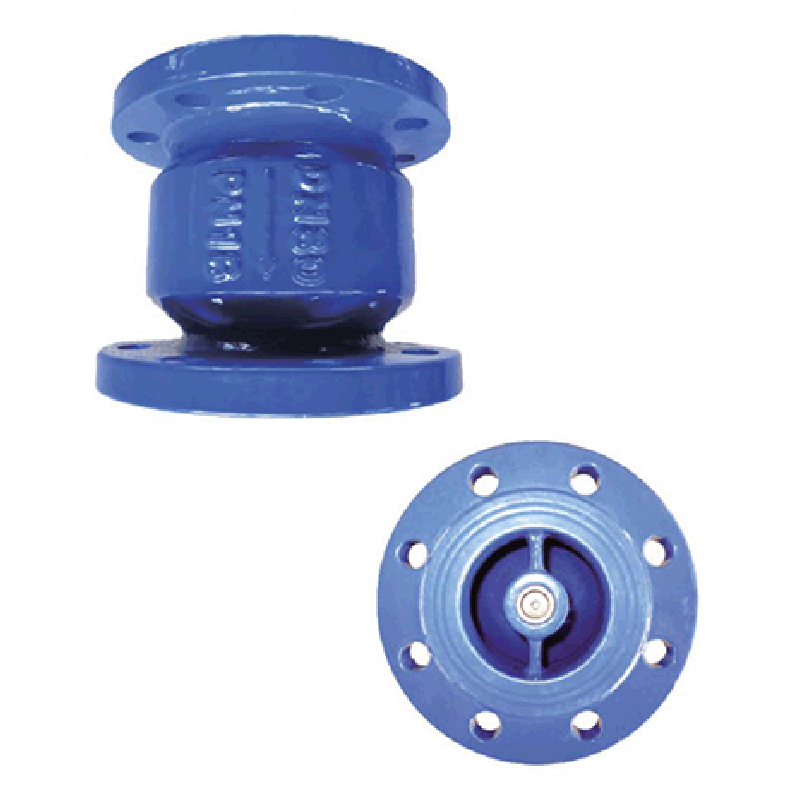Nov . 22, 2024 00:30 Back to list
three way air valve
Understanding Three-Way Air Valves Functionality and Applications
Three-way air valves are crucial components in various industries that manage airflow within different systems and applications. These valves play a significant role in sectors such as HVAC (heating, ventilation, and air conditioning), pneumatic systems, and fluid control. By allowing air to flow in multiple directions, three-way valves help regulate pressure, control temperature, and facilitate the proper functioning of complex machinery. This article explores the functionality, types, and applications of three-way air valves, shedding light on their importance in modern engineering.
Functionality of Three-Way Air Valves
A three-way air valve is designed to connect three different ports, typically designated as the inlet (A), outlet (B), and exhaust (C). The primary function of these valves is to control the direction of airflow, allowing it to either be directed from A to B, from A to C, or vice versa. The versatility of these valves lies in their ability to either mix or divert airflow based on operational requirements.
The actuation of a three-way valve can be manual, pneumatic, or electric. In manual actuation, operators physically move the valve to shift the direction of airflow. Pneumatic actuation uses air pressure to operate the valve automatically, while electric actuation employs motors or solenoids for precise control. Most commonly found are the diverter and mixing types of three-way valves, which are selected based on specific flow requirements in a system.
Types of Three-Way Air Valves
1. Diverter Valves These valves redirect airflow to one of the two outlets. For instance, if air enters from port A, the valve will either direct it towards port B or port C, depending on the position of the valve. Diverter valves are widely utilized in systems where airflow needs to be alternated between two pathways, ensuring efficiency in pneumatic transport and processing systems.
2. Mixing Valves Unlike diverter valves, mixing valves combine airflow from two different sources before directing it to a common outlet. This is essential in applications where specific combinations of air temperature or pressure are required. Mixing valves are integral in climate control systems, where balancing warm and cool air creates comfortable environments.
3. Electric Actuated Valves In modern automated systems, electric actuators control the opening and closing of three-way valves more efficiently. This results in enhanced precision, allowing for real-time adjustments based on changing system demands.
three way air valve

Applications of Three-Way Air Valves
The applications of three-way air valves span various fields, showcasing their versatility and importance
1. HVAC Systems In heating, ventilation, and air conditioning setups, three-way valves regulate the flow of air and maintain optimal temperature levels. They are essential for mixing warm and cold air, ensuring that spaces are adequately heated or cooled according to user preferences and energy efficiency standards.
2. Pneumatic Systems Industries relying on pneumatic systems depend on three-way valves for directing compressed air to different actuators and tools. These valves help in managing air powered devices, improving the efficiency of production lines, and facilitating automation processes.
3. Industrial Processes In manufacturing and processing facilities, three-way valves control the flow of air used in processes such as drying, mixing, and material transfer. Their ability to efficiently manage airflow enhances operational productivity.
4. Experimental Settings In laboratories and research facilities, three-way air valves are utilized in experiments that require precise control of airflow for reactions or testing. They enable researchers to manipulate environmental conditions easily.
Conclusion
Three-way air valves are indispensable in ensuring the efficient operation of various systems by providing flexibility in airflow management. Whether it's for heating and cooling in a building, directing compressed air in a factory, or creating specific conditions in a laboratory, these valves serve critical functions across multiple industries. As technology continues to advance, the design and capabilities of three-way air valves are likely to improve, further enhancing their utility and effectiveness in modern engineering applications. Understanding their functionality and applications allows engineers and operators to implement them effectively, ensuring safety, efficiency, and performance in their respective fields.
Share
-
Advanced Technology in Wire and Cable FactoryNewsAug.19,2025
-
Applications of Ball Check Valve in Water Treatment PlantsNewsAug.19,2025
-
How Osy Gate Valve Ensures Leak - Tight SealingNewsAug.19,2025
-
Selection Criteria for Wafer Type Butterfly ValveNewsAug.19,2025
-
Threaded Ball Valve Pressure RatingsNewsAug.19,2025
-
Y Strainer PN16 Cost - Effectiveness AnalysisNewsAug.19,2025


